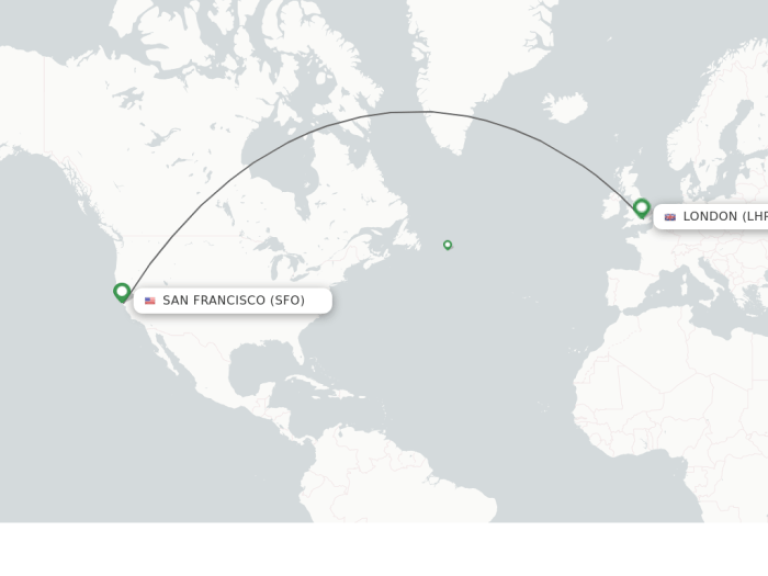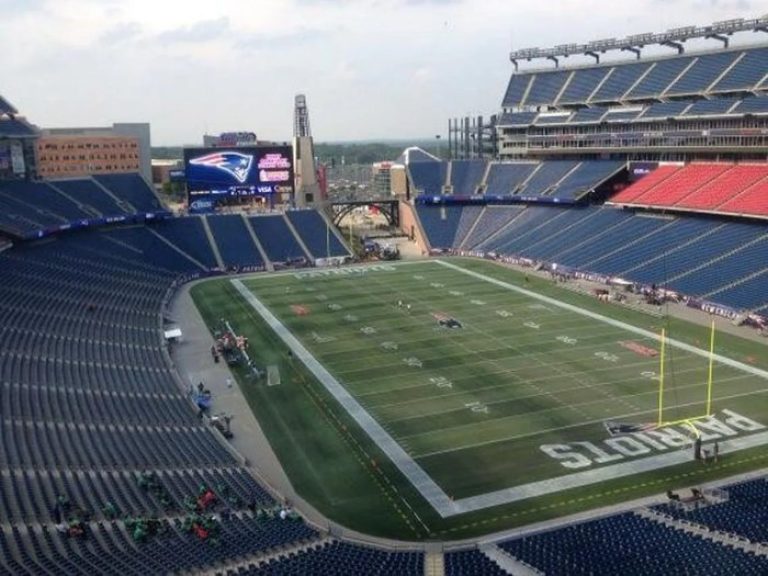A car travels 284.49 mi in 4.35 hours – sounds straightforward, right? But this seemingly simple statement opens up a world of calculations, considerations, and what-ifs. Let’s delve into the details, exploring everything from average speed and fuel consumption to potential trip scenarios and the factors influencing travel time. We’ll unpack the physics, the logistics, and even the “what could go wrong?” aspects of this journey.
We’ll calculate the average speed and convert it to different units, compare it to other vehicles, and examine how road conditions, weather, and driving style all impact the overall travel time and fuel efficiency. We’ll also brainstorm possible routes and scenarios that could lead to this specific travel time and distance.
Calculating Average Speed
To understand the car’s performance, we need to calculate its average speed. This will give us a single value representing the overall speed maintained throughout the journey. We’ll then compare this to the average speeds of other vehicles to put it into perspective.
Average Speed Calculation
The average speed is calculated by dividing the total distance traveled by the total time taken. The formula is:
Average Speed = Total Distance / Total Time
In this case, the total distance is 284.49 miles, and the total time is 4.35 hours. Therefore, the calculation is:Average Speed = 284.49 miles / 4.35 hours = 65.4 miles per hour (mph)
Average Speed Conversion to Kilometers per Hour
To convert the average speed from miles per hour to kilometers per hour (km/h), we use the conversion factor: 1 mile ≈ 1.609 kilometers.Therefore, 65.4 mph
1.609 km/mile ≈ 105.2 km/h
Comparison to Other Vehicles
The average speed of 65.4 mph (105.2 km/h) allows for a comparison with other common vehicles. A bicycle’s average speed is typically much lower, ranging from 10-15 mph (16-24 km/h) depending on terrain and rider fitness. Motorcycles can achieve significantly higher speeds, often exceeding 70 mph (112 km/h) on open roads, while the average speed of airplanes is dramatically higher still, often exceeding hundreds of miles per hour during flight.
These differences are primarily due to factors such as engine power, vehicle design (aerodynamics), and the type of transportation (land versus air). Airplanes benefit from a lack of friction with the ground and are built for high speed, while bicycles are human-powered and subject to significant friction and physical limitations. Motorcycles fall somewhere in between, possessing greater engine power than bicycles but lacking the aerodynamic advantages and powerful engines of airplanes.
Factors Affecting Travel Time

Calculating average speed is only part of understanding a journey. Many factors beyond the simple distance and time equation can significantly influence how long a trip actually takes. Let’s explore some key elements that can increase travel time.
Factors Increasing Travel Time
Several factors can lengthen a journey beyond the expected travel time based solely on average speed. These factors often interact, compounding their effects. Consider the following examples.
First, traffic congestion is a major culprit. Heavy traffic, especially during rush hour in urban areas or around major events, can drastically slow down travel. For instance, a journey that normally takes 30 minutes might take an hour or more during peak traffic times. This increase in travel time is directly proportional to the severity and duration of the congestion.
Second, unforeseen delays, such as unexpected road closures due to accidents, emergency situations, or planned maintenance, can significantly impact travel time. Even a short delay can ripple through the traffic flow, causing further backups and significantly increasing overall journey time. For example, a 15-minute road closure can easily translate into a 30-45 minute delay for many drivers, especially in heavily trafficked areas.
Third, driver behavior plays a crucial role. Speed limits, of course, impact travel time, but also factors like frequent stops, cautious driving styles, or even getting lost can add considerable time to a journey. For instance, frequent stops for rest breaks or to check maps can easily add an extra 30 minutes or more to a long-distance trip.
Poor route planning, resulting in unnecessary detours, can similarly add significant travel time.
Impact of Varying Road Conditions
The type of road significantly affects travel speed and, consequently, the total travel time. Different road types present distinct challenges and opportunities.
Highways generally allow for higher speeds and smoother travel, minimizing travel time. However, even on highways, unexpected events like accidents or heavy traffic can cause significant delays. The relatively consistent speed on highways, barring unforeseen circumstances, makes it easier to estimate travel time accurately.
City streets, on the other hand, typically involve lower speed limits, frequent stops at traffic lights and intersections, and higher levels of congestion. This leads to significantly longer travel times compared to highways. Navigating city streets often requires more attention and can be more prone to delays due to unexpected events.
Construction zones introduce unpredictable delays. Reduced speed limits, lane closures, and potential detours all contribute to extended travel times. The unpredictable nature of construction work makes accurate travel time estimations particularly difficult in these areas. Even a short construction zone can significantly impact the overall travel time, especially during peak hours.
Effect of Weather Conditions on Travel Time
Weather significantly impacts both average speed and travel time. Adverse weather necessitates reduced speeds for safety, resulting in extended travel times.
| Weather | Average Speed (mph) | Travel Time (hours) |
|---|---|---|
| Sunny | 65 | 4.38 |
| Rainy | 50 | 5.69 |
| Snowy | 25 | 11.38 |
Fuel Consumption and Distance

Let’s figure out how much gas that 284.49-mile trip likely used, and explore how driving habits can impact fuel economy. We’ll make some reasonable assumptions to get a good estimate.We’ll use a simple calculation based on the car’s fuel efficiency. This calculation assumes consistent fuel efficiency throughout the trip, which isn’t always perfectly accurate in real-world driving. Factors like terrain, speed, and even weather can influence fuel consumption.
Fuel Consumption Calculation, A car travels 284.49 mi in 4.35 hours
Assuming an average fuel efficiency of 25 miles per gallon (mpg), we can estimate the fuel used for the 284.49-mile journey. The calculation is straightforward:
Total fuel consumed = Total distance / Fuel efficiency
Total fuel consumed = 284.49 miles / 25 mpg ≈ 11.38 gallons
Therefore, we estimate that approximately 11.38 gallons of fuel were consumed during the 4.35-hour trip. This is just an estimate; the actual amount could be slightly higher or lower depending on the factors mentioned earlier. For example, a hilly route would likely increase fuel consumption compared to a flat one. Similarly, consistently driving at higher speeds tends to decrease fuel efficiency.
Illustration of the Relationship Between Distance, Fuel Efficiency, and Fuel Consumption
Imagine a simple bar graph. The horizontal axis represents the distance traveled (in miles), and the vertical axis represents the amount of fuel consumed (in gallons). If we hold fuel efficiency constant (at 25 mpg in our example), the relationship is linear. A longer distance traveled will result in a taller bar, representing greater fuel consumption. If we were to add another bar graph representing a different fuel efficiency (e.g., 30 mpg), we’d see that for the same distance, the bar would be shorter, illustrating better fuel economy.
This visual representation clearly shows the direct proportional relationship between distance and fuel consumption when fuel efficiency is constant. Conversely, it shows the inverse relationship between fuel efficiency and fuel consumption for a given distance.
Impact of Driving Styles on Fuel Consumption
Aggressive driving, characterized by rapid acceleration, hard braking, and high speeds, significantly reduces fuel efficiency. This is because the engine is working harder and less efficiently under these conditions. Over the 284.49-mile journey, aggressive driving would likely result in fuel consumption considerably higher than our estimated 11.38 gallons. Conversely, economical driving, which emphasizes smooth acceleration, gentle braking, and maintaining a steady speed, maximizes fuel efficiency.
This driving style would likely result in fuel consumption closer to or even slightly below our estimate. The difference could easily be a couple of gallons or more, depending on the driver’s habits. For example, consider a long highway drive; aggressive acceleration and braking at each exit and entrance would significantly impact the overall fuel consumption, while maintaining a steady speed and smooth driving would minimize fuel use.
So, a car traveling 284.49 miles in 4.35 hours isn’t just about the numbers; it’s a microcosm of a road trip, highlighting the interplay between speed, distance, fuel consumption, and external factors. Understanding these elements helps us better plan journeys, anticipate potential problems, and appreciate the complex dynamics involved in even a seemingly simple drive. From calculating average speed to considering the impact of weather, we’ve covered a lot of ground – literally and figuratively.
FAQ Insights: A Car Travels 284.49 Mi In 4.35 Hours
What type of car would likely travel this distance in this time?
A car with a high average speed capability, likely a car designed for highway driving. The exact type depends on factors like road conditions and traffic.
Could this journey be completed in a single stretch of driving?
Potentially, but it would require maintaining a consistent speed without stops. More realistically, it would likely involve several shorter segments with breaks.
What about the effect of traffic?
Traffic significantly increases travel time. The 4.35-hour time frame suggests minimal traffic or predominantly highway driving.


